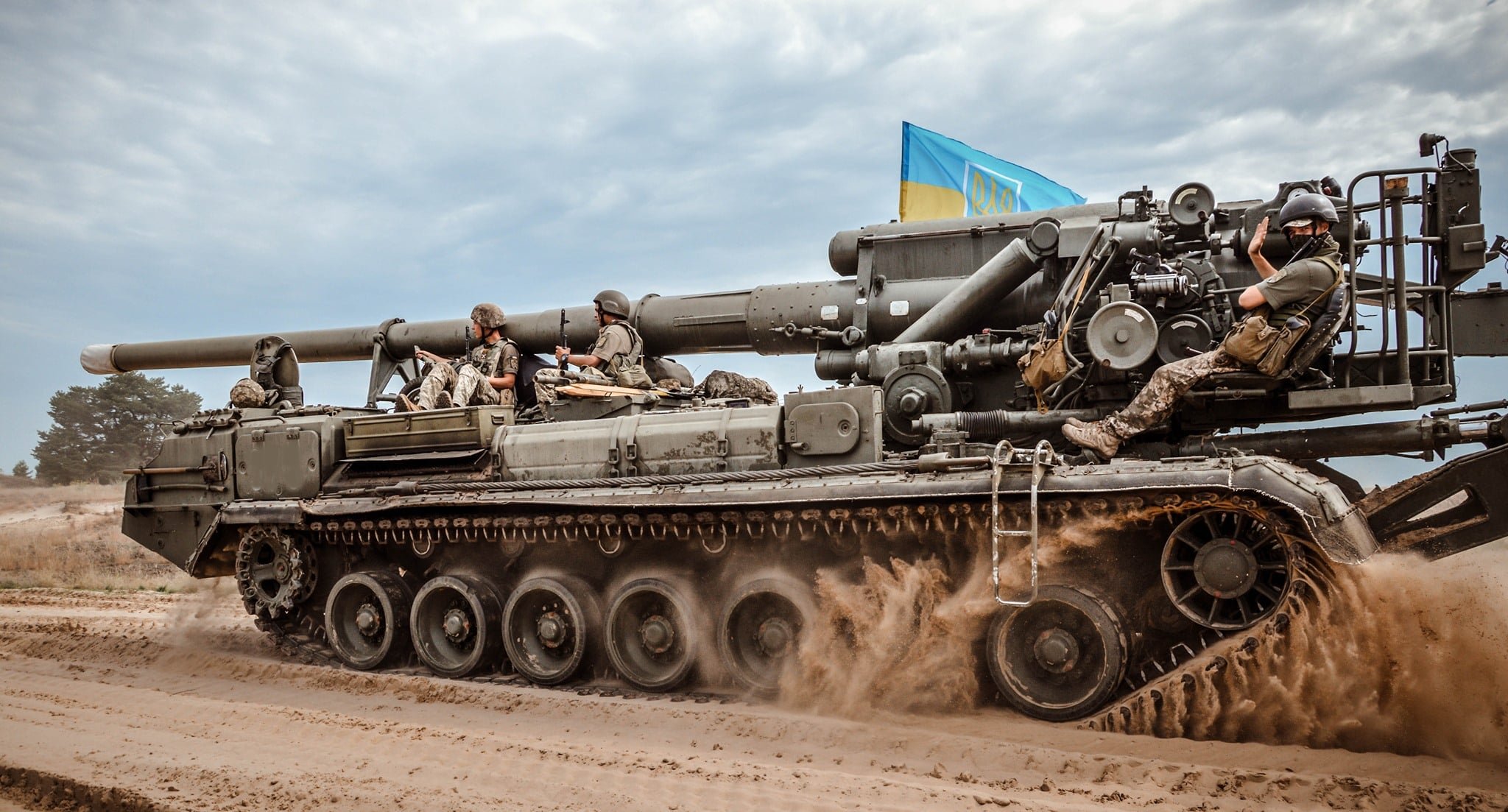
The Pion self-propelled holds a special place among modern samples of artillery weapons with a powerful 203mm gun.
This artillery system with the largest caliber of 203 millimeters is in service only with the 43rd Artillery Brigade in the whole Ukrainian army.
Just a few days before the full-scale invasion, this brigade named after Hetman Taras Triasylo was intensively preparing its units for future battles.
Ukrainian gunners worked out the planning of hostilities, the preparation of units for tasks, the choice of areas of concentration, and firing positions.
The primary objective of the pre-invasion exercise was to prepare units for a timely and operational pushback against an enemy attack.
The military command was aware that the 2S7 Pion 203mm ACSs were powerful weapons that would cause the enemy to suffer significant losses.
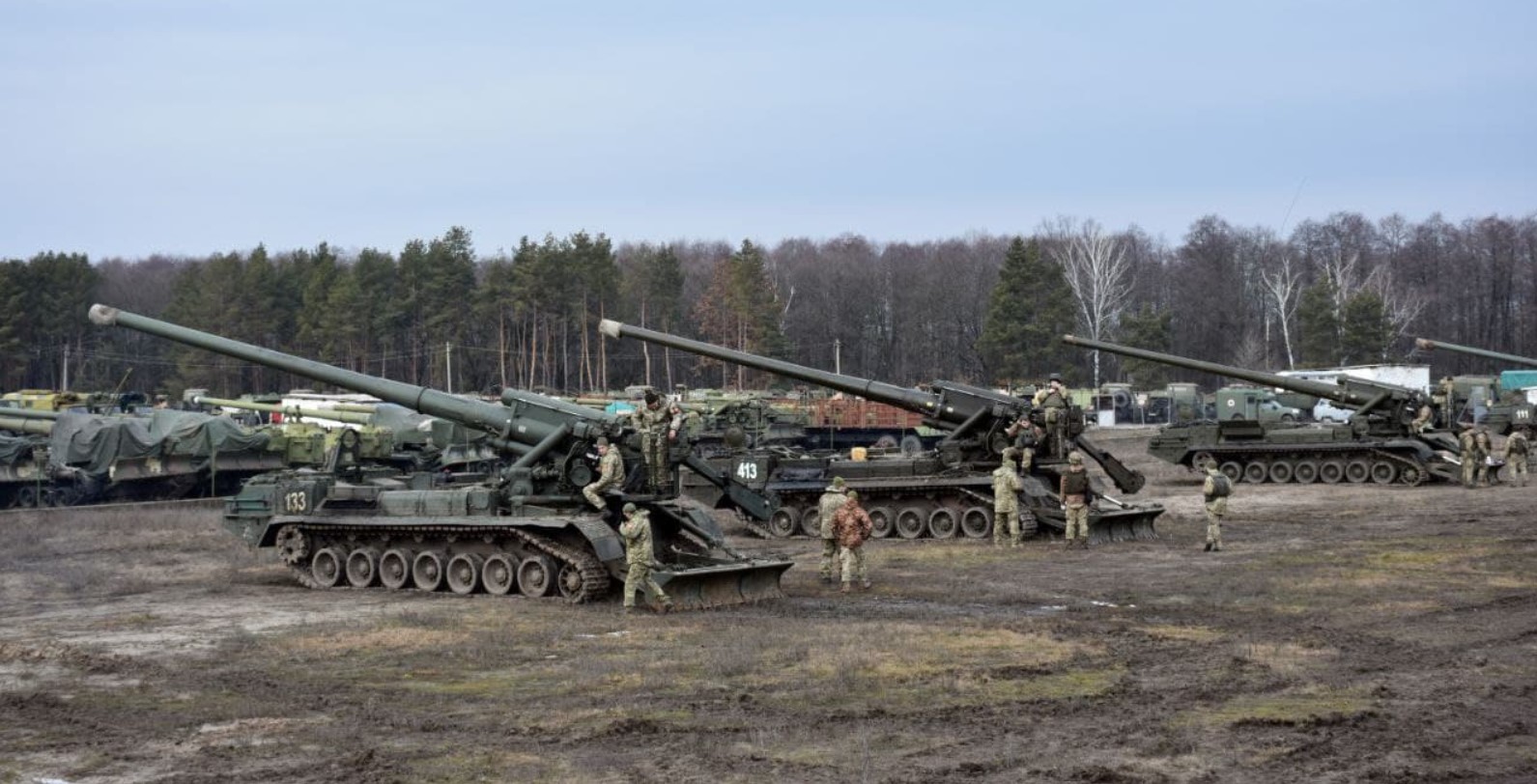
Exactly that happened during the Kyiv battles: the 203mm Pions of the 43rd Brigade played a significant role in these combats.
At the beginning, Kyiv was defended only by 12 Soviet 2S7 Pion self-propelled guns.
On February 24, the Brigade’s gunners marched 120-140 kilometers to certain areas, in particular, moving along the Beresteiskyi Prospect (formerly Prospect Peremohy) in Kyiv.
Since all Ukrainian territory was targeted by missiles that day, the battalion advanced the following night to maintain a low profile. The guns began to operate on February 25.
Two 2S7 batteries advanced in the direction of Troieshchyna (large residential district in Kyiv – ed.), another one went in the direction of Svyatoshyn district. So the Pion self-propelled guns covered Kyiv on both sides.
The Pions then received the following missions: Hostomel city near Kyiv, the airport, the enemy’s landing troops, the Russian convoy on Vokzalnaya Street in Bucha, and dozens of Russian armored vehicles on the Zhytomyr highway.
It is worth noting that the Brigade did not have air reconnaissance units, which were created only in July 2022. Gunners had to seek assistance from other aerial reconnaissance units and even call civilians at the places of the Russian troops movements so that the local residents could help the Ukrainian Defense Forces adjust the strikes.
Before the invasion, the army followed the standard plan: scouts had to find the target, communicate the target’s coordinates to us, we worked against it, and that’s all.
However, practical experience has revealed the following: if the shooter couldn’t visually identify his target, the effectiveness of this fire was significantly reduced.
Ukrainian Pion self-propelled guns in the Kyiv region operated against Russian artillery, armored vehicles, air defense systems, electronic warfare systems, and logistics vehicles.
The command of the 43rd Brigade reported that it was impossible to figure out precisely the amount of equipment destroyed. However, they were keeping thorough records of the destroyed equipment they saw and recording it in the combat log. According to this documented data, approximately 2,500 pieces of Russian equipment were hit only in the Kyiv region.
When the Russians began to retreat from the Kyiv region, the Ukrainian Pion self-propelled guns continued to hunt them, and drones constantly flew behind them, adjusting the fire of the guns.
In their turn, the Russian military did not use their 2S7 Pions in the Kyiv direction; instead, they used a lot of 2S19 Msta-S.
This ACS was created with the sole purpose of delivering nuclear ammunition to the target. The need for 2S7 was lost after the disarmament campaign (after the collapse of the USSR).
The Ukrainian army began to remove these powerful guns from its service in the early 2000s.
Only 99 2S7 ACS remained in Ukraine as of 2007. At the same time, the country sold an unknown number of these self-propelled guns to Azerbaijan and Georgia. According to unofficial data, prior to the onset of Russian aggression in 2014, approximately 80 self-propelled artillery systems (ACS) were in storage. However, the accuracy of this number may be uncertain.
In 2014, when the Joint Forces Operation began, Ukraine realized that there was a need for such powerful artillery systems. After that, it was decided to remove them from storage and bring them to a combat-ready state.
Therefore, it was decided to launch the 43rd Artillery Brigade.
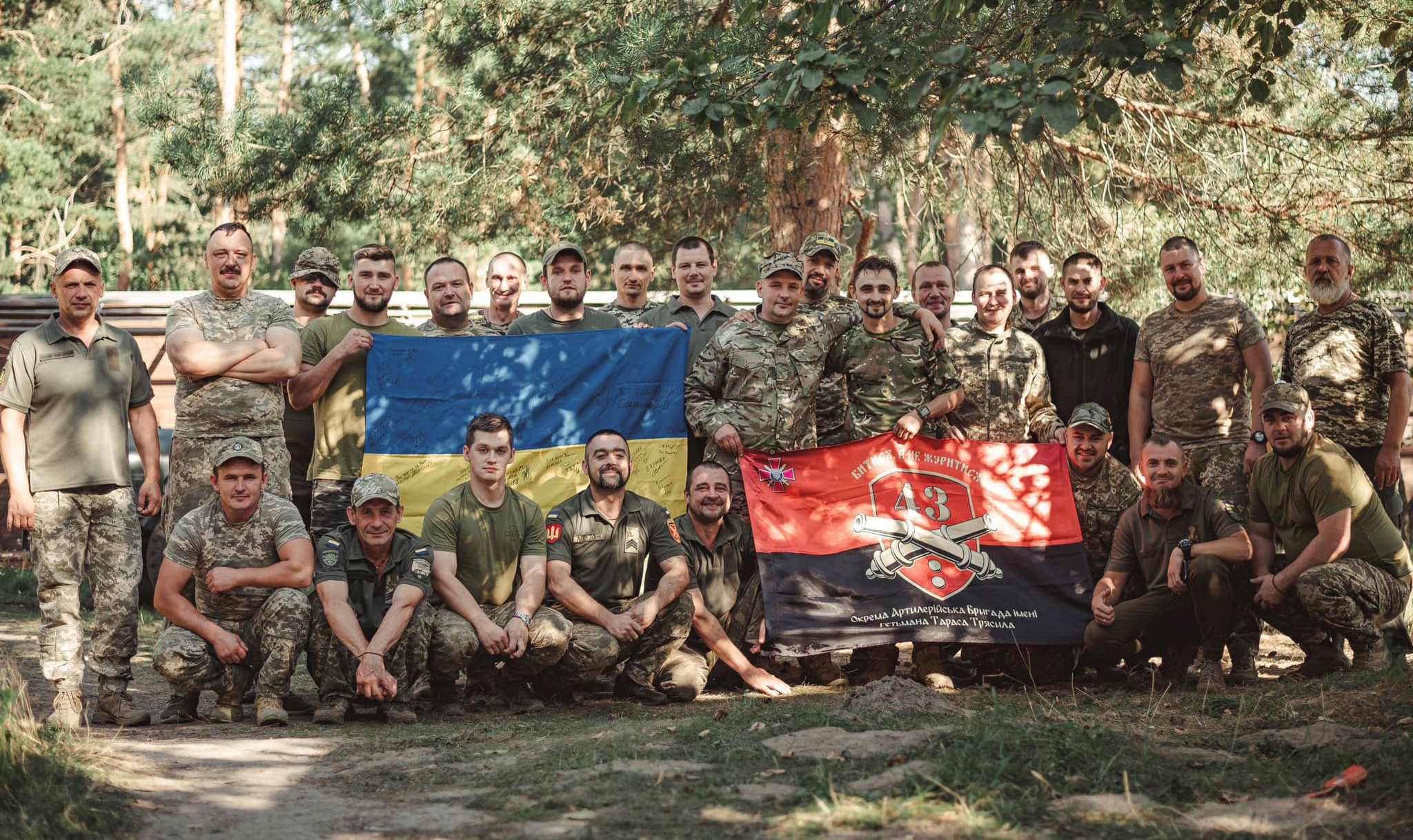
Due to active hostilities, the exact number of 2S7 ACS in the Armed Forces of Ukraine is now classified.
The Pions were used from December 2014 until April 2015. Then they operated in the area of Donetsk airport and also supported the exit of Ukrainian troops from the city of Debaltseve.
After the Minsk Agreements, heavy weapons, namely artillery systems, were moved beyond the withdrawal line, and since then, there has been no combat use of these self-propelled guns until February 2022.
The god of war with nuclear potential 2S7 Pion was created in the 1970s and is still considered the most powerful self-propelled gun in the world.
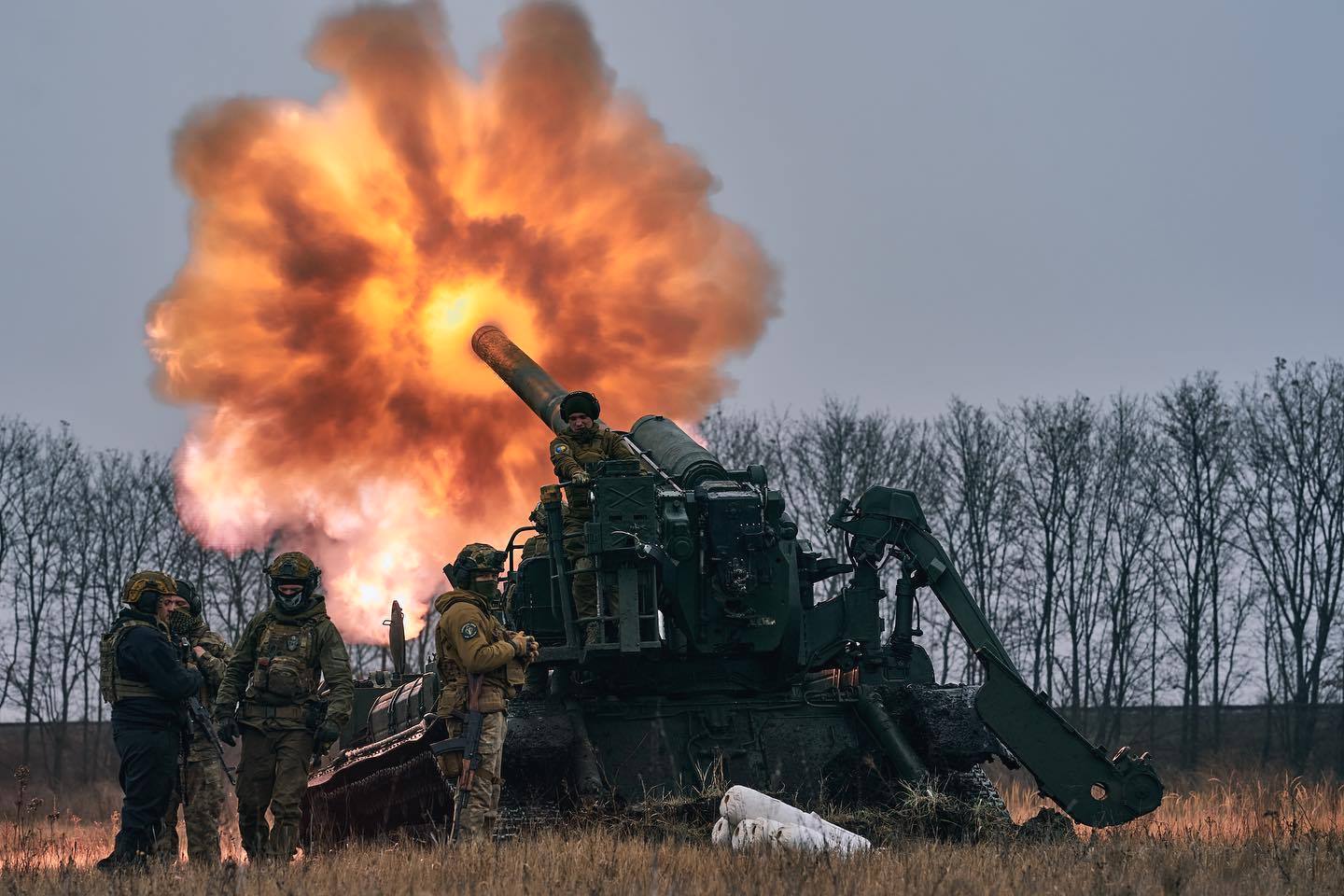
Pion was supposed to destroy significant objects behind enemy lines with nuclear ammunition at a distance of up to 47 kilometers from them.
The ACS project appeared in 1967. Initially, a system with a closed control compartment on the basis of Object 434 was not very successful.
Then work commenced on the production of a new artillery system capable of firing at least 25 kilometers. To ensure compatibility with the existing guns, a caliber of 203 millimeters was selected for unification purposes.
During the firings, the gun recoil reached 135 ton-force, which in fact put an end to the existing chassis; instead, it was decided to create a new special chassis.
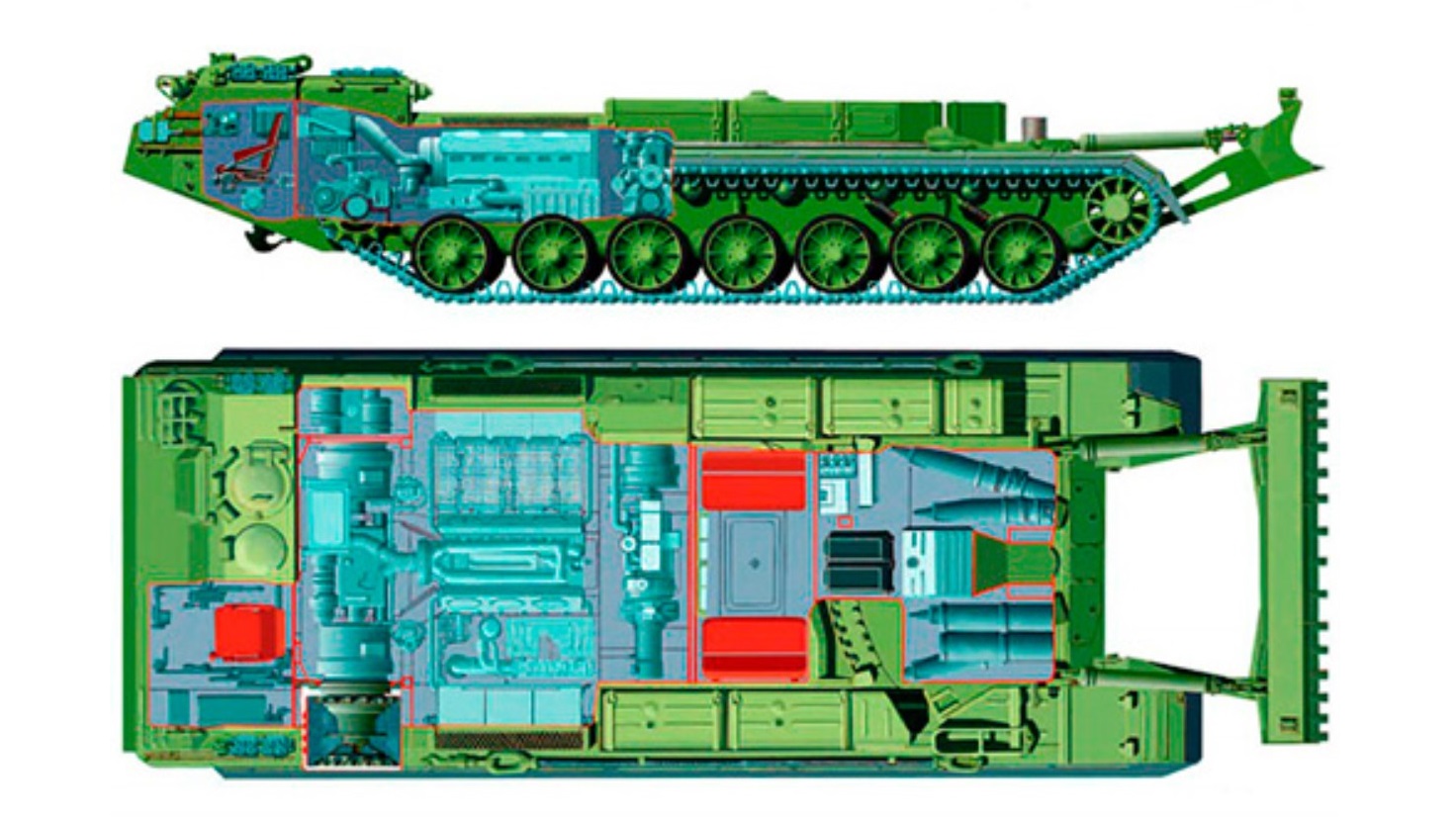
On July 8, 1970, official work began on the creation of the Pion self-propelled guns, which ended with tests in 1973. They showed problems with the shooting distance, which fell short of the official requirements. This issue was resolved through modifications to the composition of the powder charge.
In 1975, self-propelled guns were adopted by the USSR Army, and in 1977, the creation and use of nuclear weapons were completed.
The system was made according to the turretless scheme, and the weapon was mounted in the aft part. The hull itself consisted of four compartments.
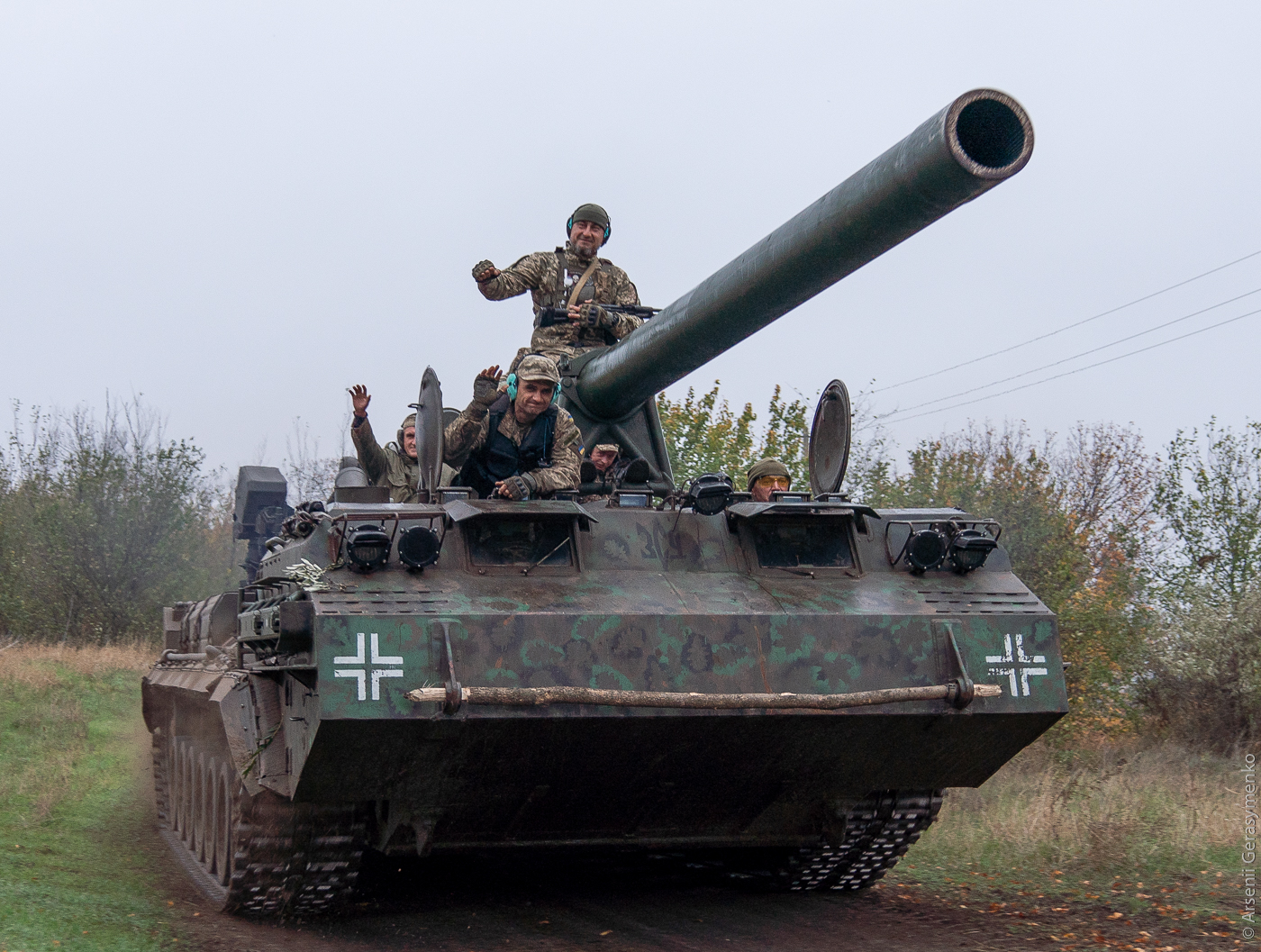
The control compartment was located in front, followed by the engine compartment, then the crew compartment, where the rounds and the gunner were located. The last compartment was aft; it housed a hinged plate and a gun.
The hull was lightly protected by a double layer of armor.
A lifting mechanism located to the right of the gun was provided for loading.
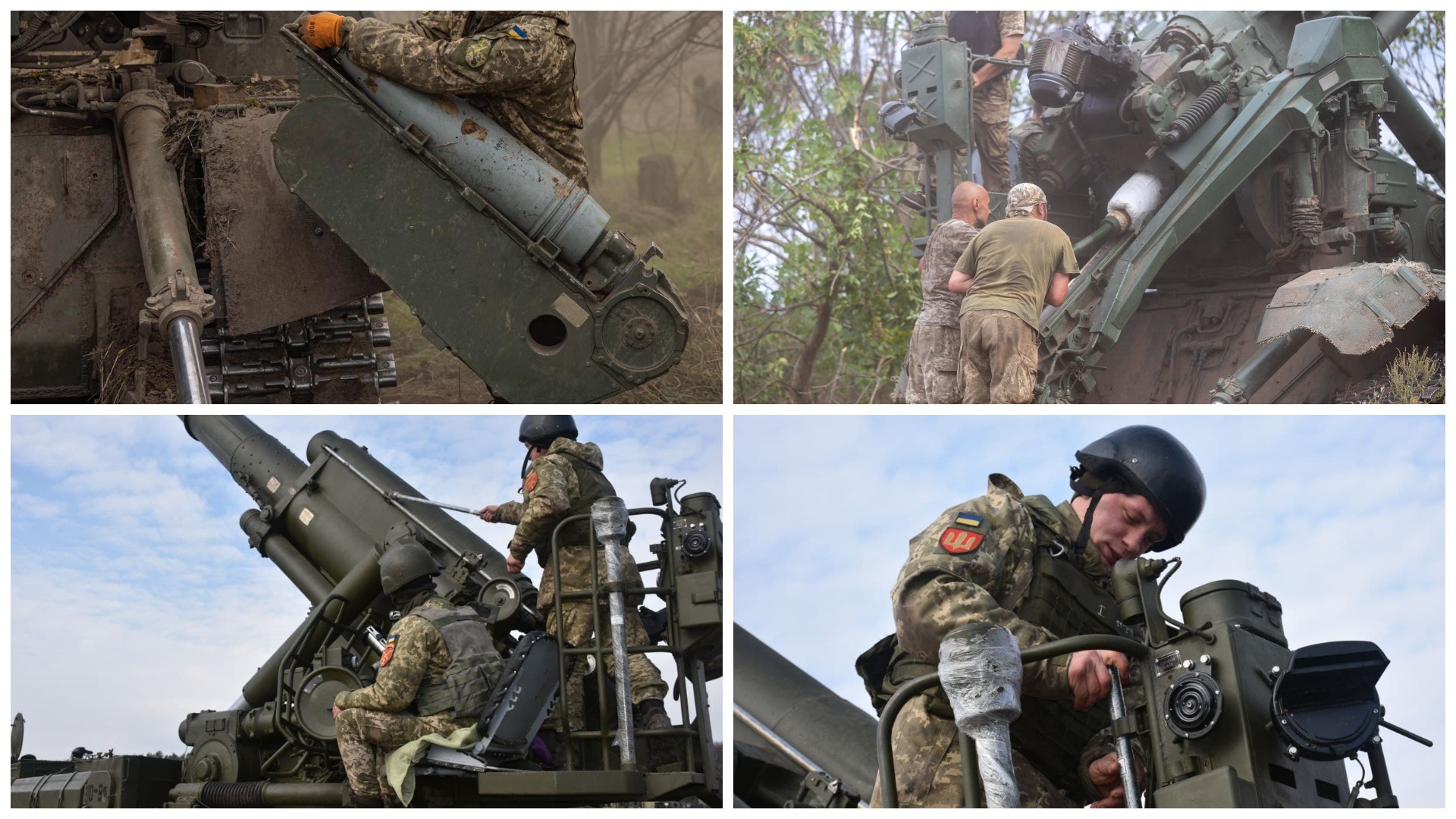
The V-46-1 engine, which runs on diesel fuel and develops 750 hp, is responsible for mobility. For autonomous power supply, a low-power diesel engine is provided. The transmission is unified with the Т-72 tank and reaches 50 km/h.
The undercarriage is largely unified with the Т-80, has 7 support rollers on each side, and has torsion suspension.
The self-propelled gun received a 2А44 203mm gun. It has a sectional barrel, which makes it noticeably easier to change the rifling part.
The developers of the weapon refused to use a muzzle brake on the barrel, which made it possible to provide an acceptable muzzle pressure on the hull of the self-propelled gun.
The gun is driven by hydraulic drives, and in an emergency, manual guidance is also possible.
The recoil mechanisms make it possible to fire at angles from + 30 to -30 degrees horizontally and from 0 to + 60 degrees vertically.
During the battles with Russians In the Kyiv region, sometimes it happened that the Ukrainian military used 40-50 rounds per day per gun, or 600 shells per battalion.
The ammunition capacity of one gun is 40 rounds; the Ukrainian military on average fired 0.5-1 ammunition per gun.
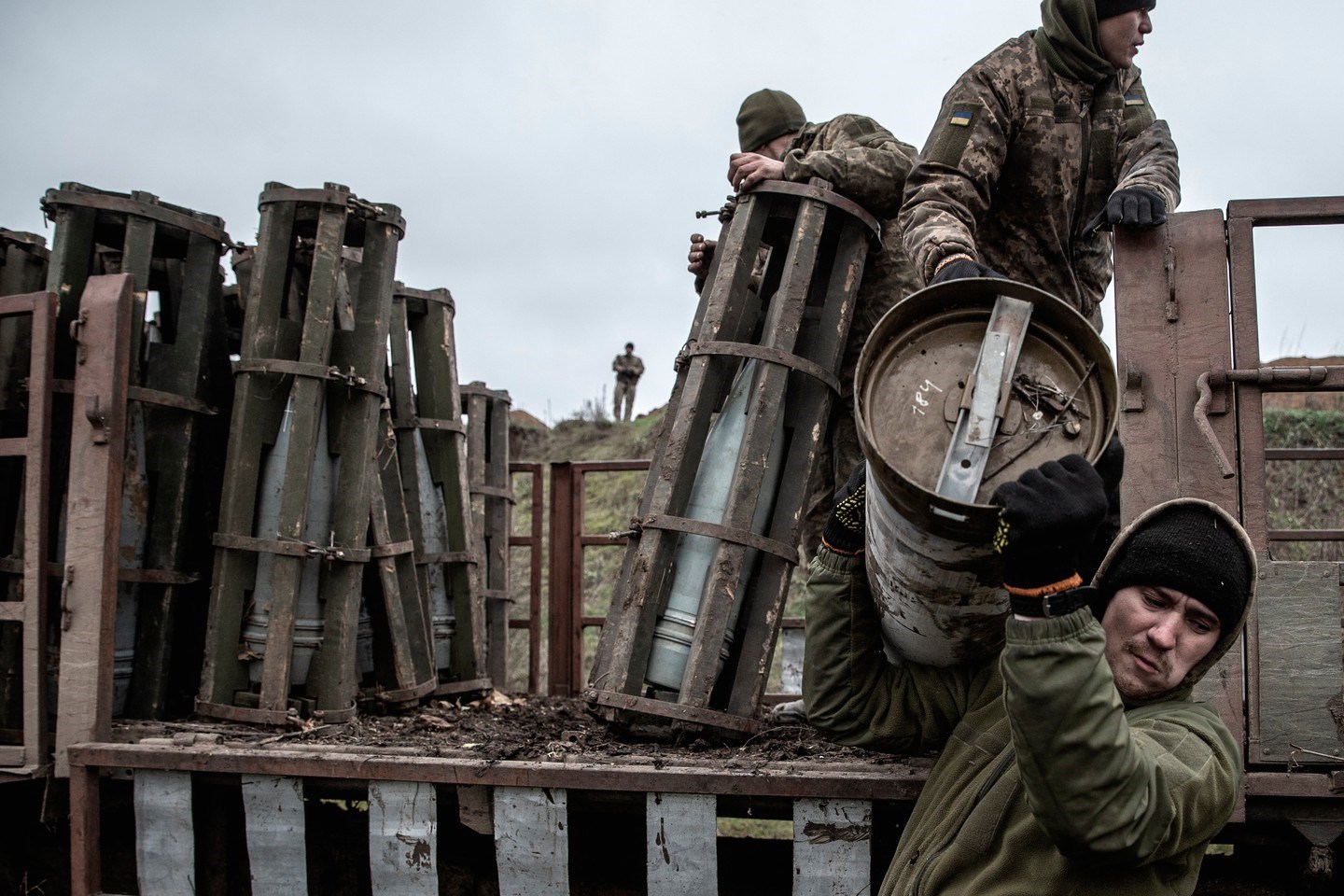
Four rounds of ammunition are placed in the crew compartment, and another 40 shells are carried by a support transport vehicle.
The 2S7 Pion can be quickly loaded with shells due to the loading mechanism and the trolley for supplying shells.
The Pion ACS mainly uses OF43 high-explosive and rocket-assisted projectiles. The weight of the HE-frag rounds is 110 kg; they contain almost 18 kg of explosive.
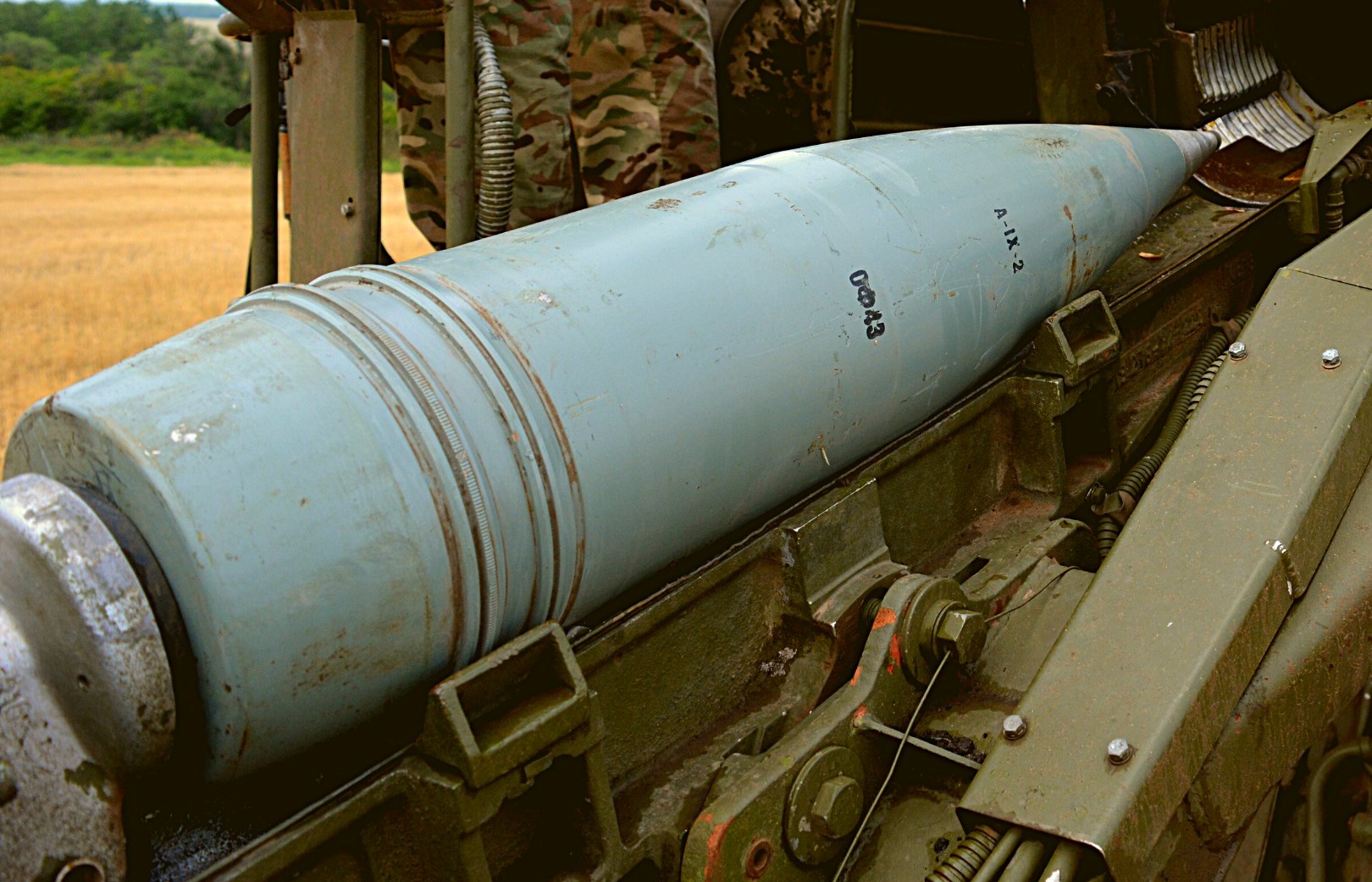
The gun is capable of sending such a 203mm projectile to a distance of up to 37.5 kilometers, although the powder charges themselves are also important.
A rocket-assisted projectile with almost 14 kg of explosive can fly a record distance of 47.5 kilometers.
To destroy seriously protected objects, there are concrete-busting penetration projectiles that strike the target at a speed of more than Mach 2.
During this war, Ukraine faced a shortage of projectiles for the Pion self-propelled guns and began to use 53-G-620-Sh projectiles, which were assigned to World War II-era B-4 203mm howitzers.
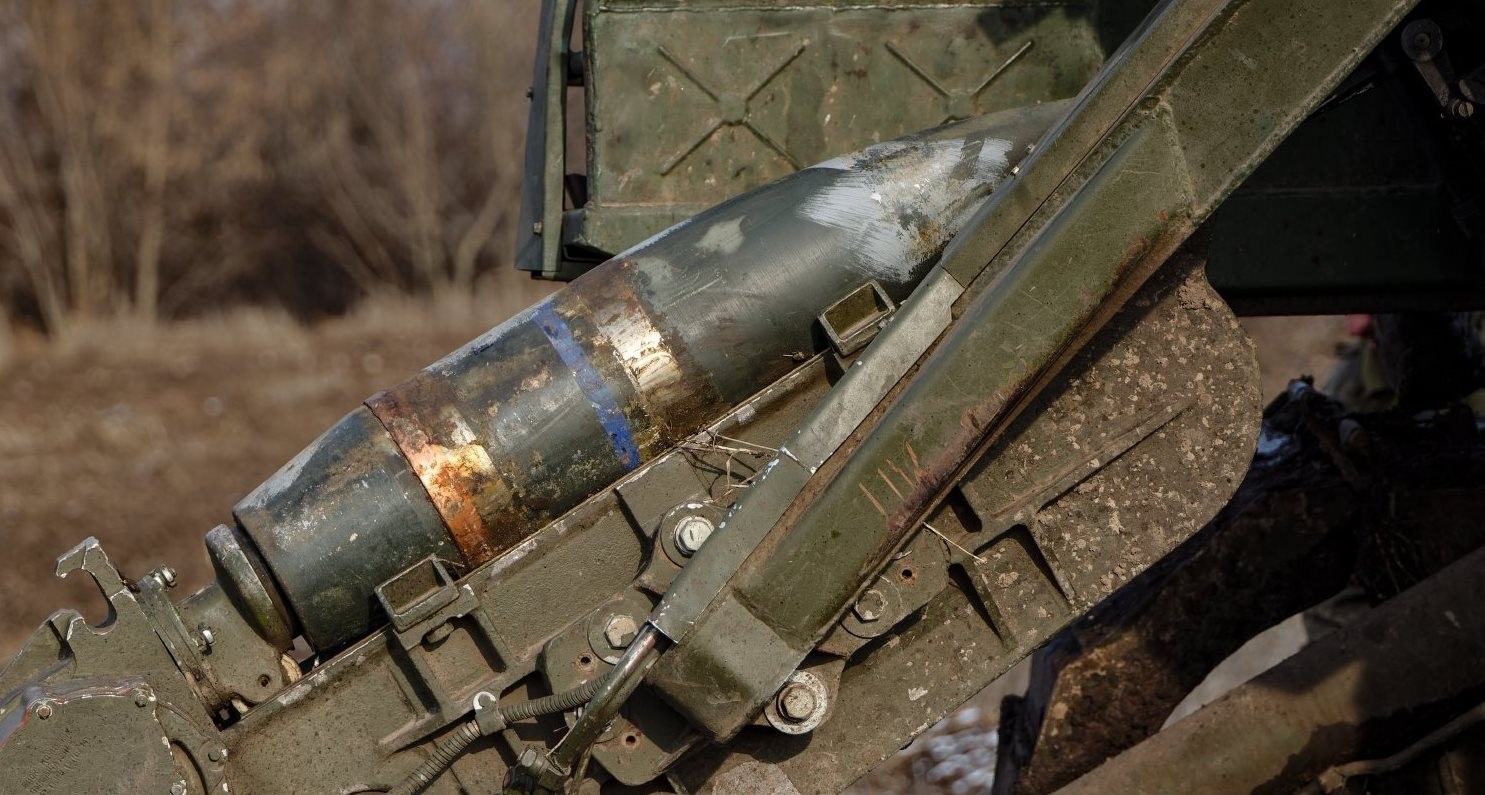
The United States began to help Ukraine with the solution to the shortage of ammunition for the 2S7 Pion ACS.
The U.S. Department of Defense has already provided Ukraine with 10,000 203mm rounds.
Later, it became known that those were not Soviet-type rounds, for the Soviet gun accordingly, but American-made M106 203mm rounds.
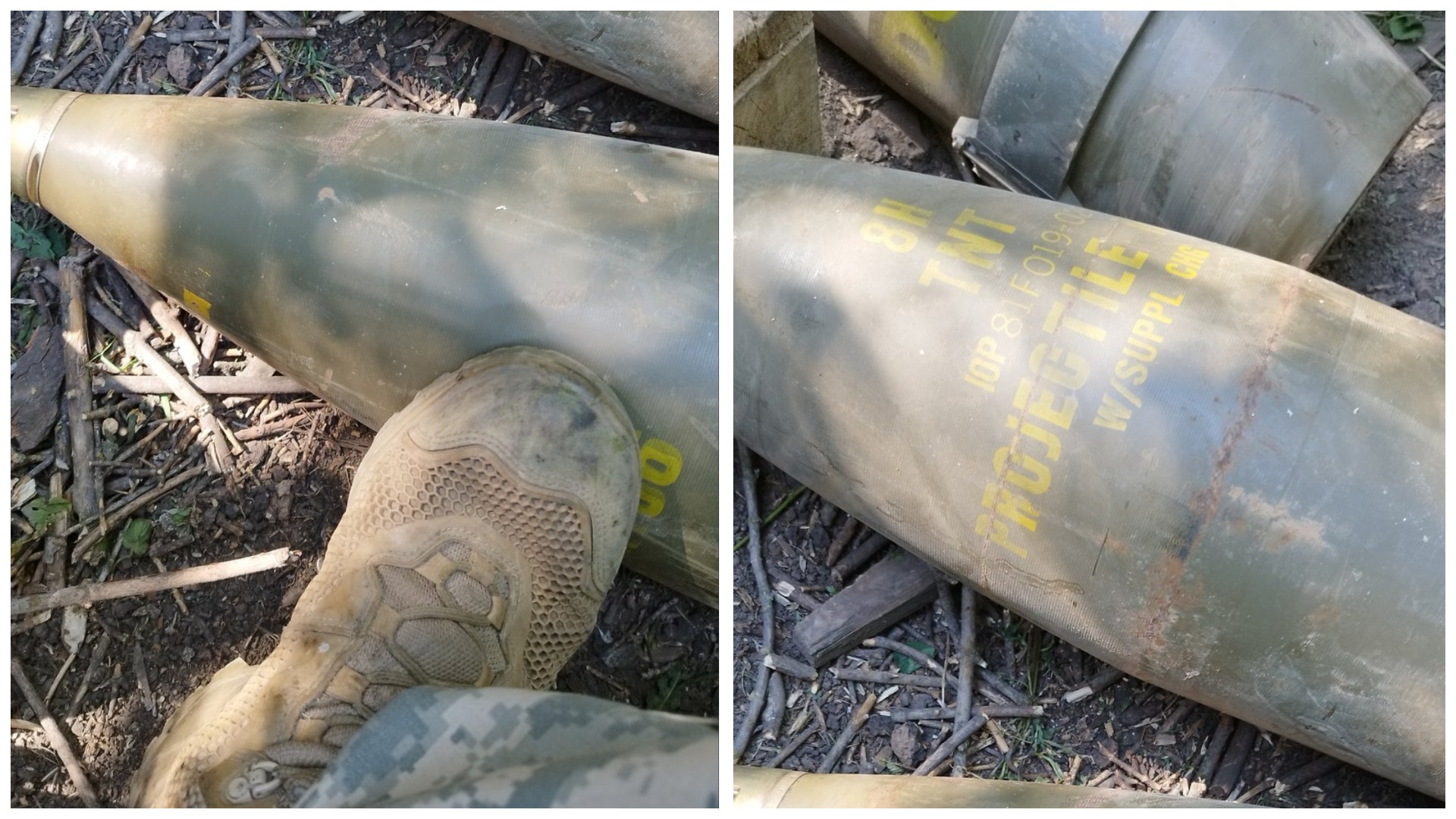
M106 HE-frag projectiles are designed for use by American 8-inch howitzers of the M1 family (self-propelled M110 and towed M115).
Such assistance allowed the further use of large-caliber artillery systems by Ukraine in the war.
The point is that after the outbreak of World War I, Great Britain, like Russia, had a severe lack of powerful guns for the assault on well-fortified fortresses.
That’s why, in 1916, mass production of the hastily developed Mk VI 203mm howitzer began at the Vickers factories.
The weapon appeared to be quite successful at that time, and it was put into service by the armies of Britain and the Russian Empire.
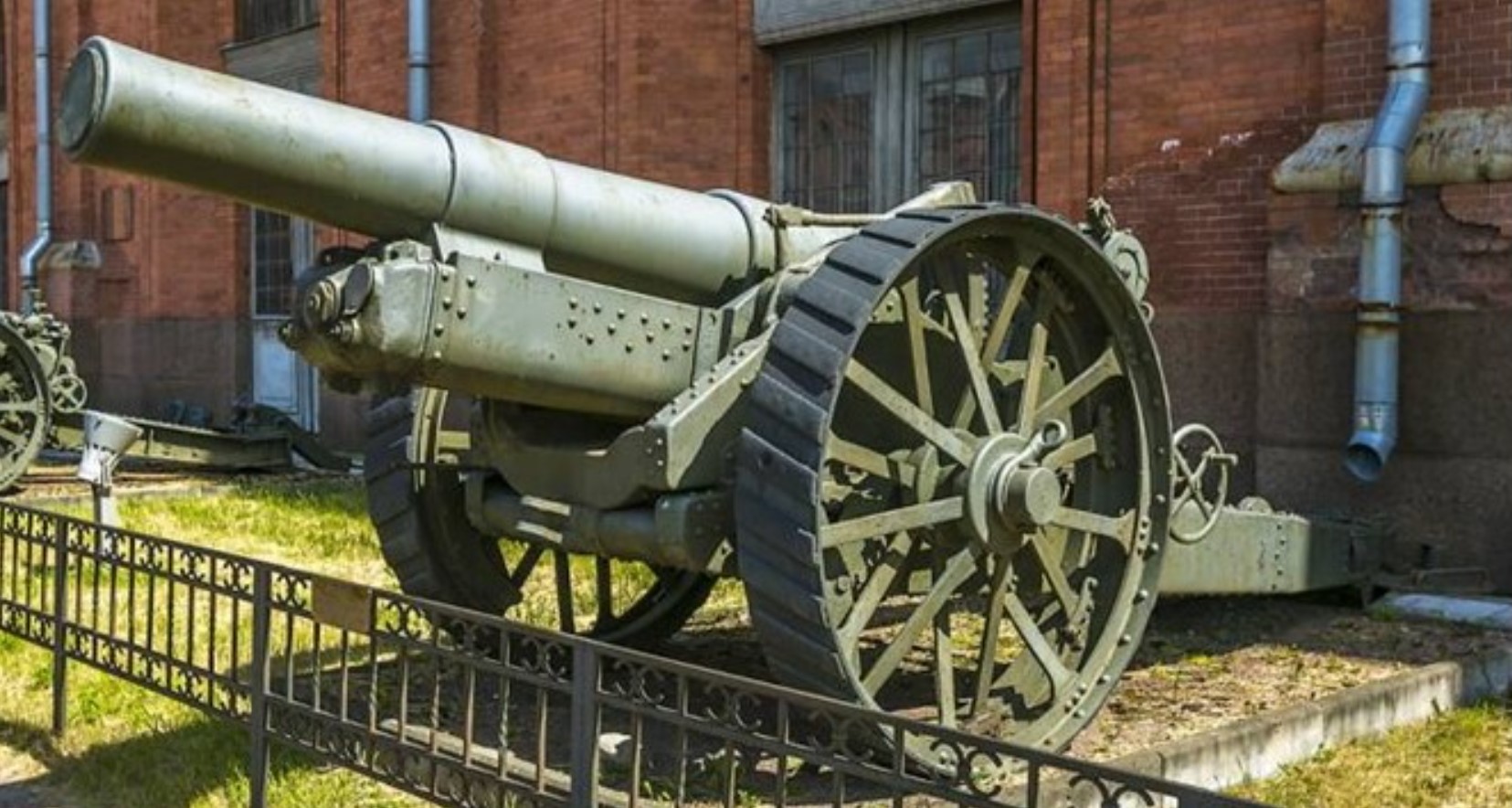
After the end of the Russian Civil War, about 60 Mk. VI howitzers remained in the service of Bolsheviks artillery units.
At the final stage of World War I, the U.S. Army also received 203.2 mm Mk VIII howitzers of British design, produced in the United States on British orders and later for its own troops.
The United States and Russia received British weapons, from which they began to develop their own howitzers with a caliber of 203 millimeters.
The United States developed the M115 towed howitzer (the M1 8-inch howitzer), and the Soviet Union developed the B-4 203mm howitzer.
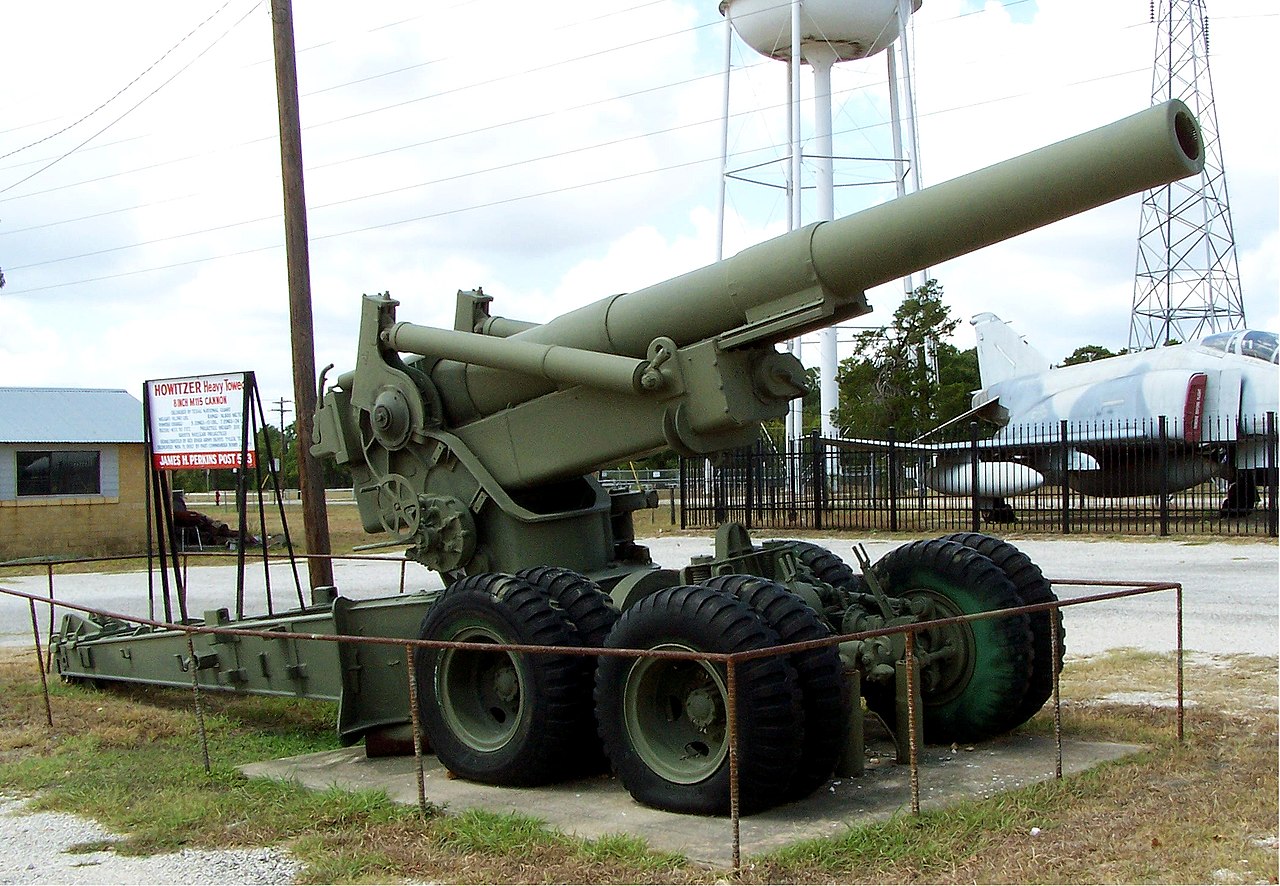
In 1971, the USSR approved the updated tactical and technical requirements for the newly designed system (the future 2S7 Pion).
They proposed to work out the possibility of using a ЗVB2 special round from B-4 203mm howitzers.
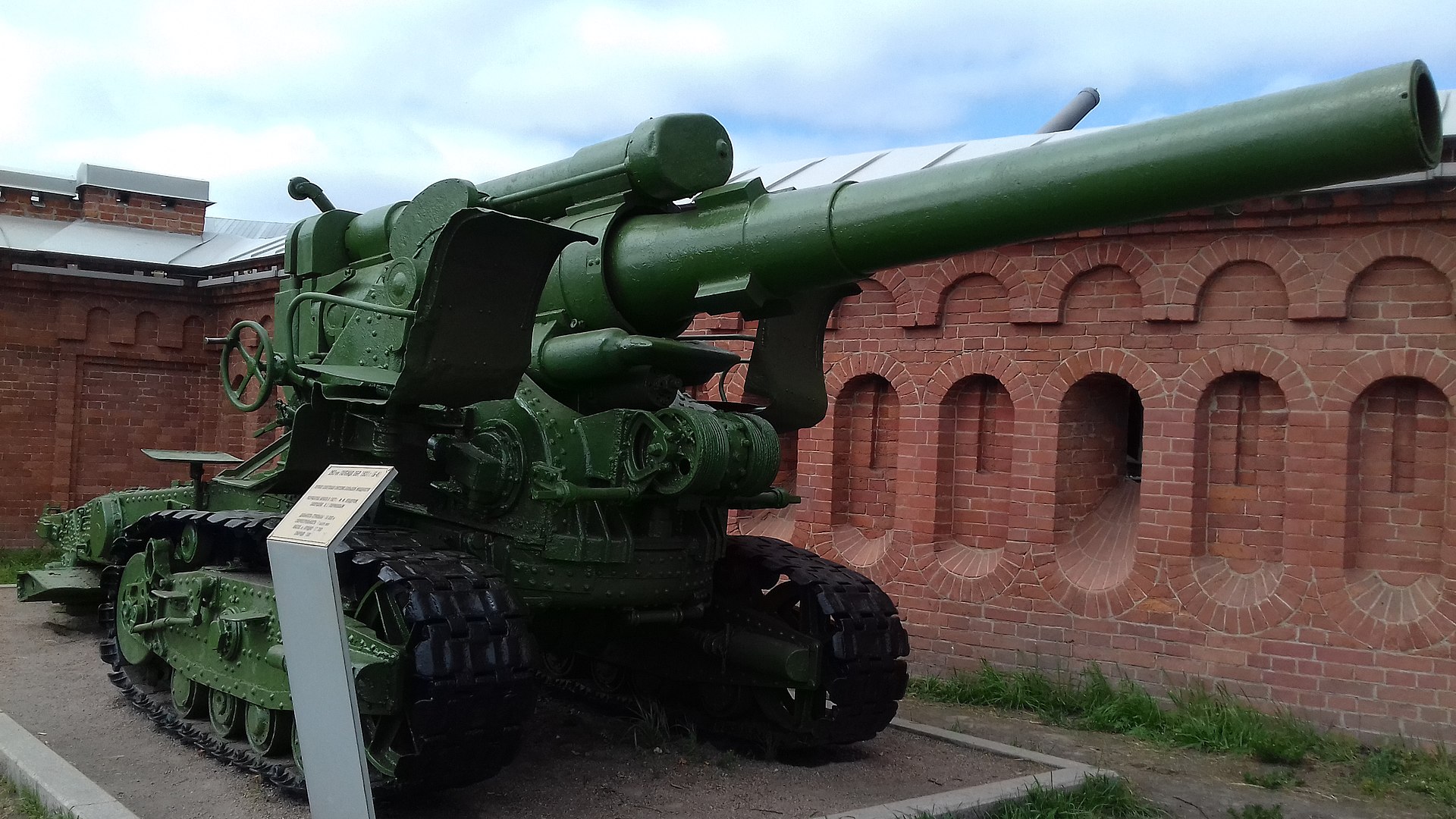
Thus, it became possible that Soviet 2S7 Pion self-propelled artillery systems are now capable of using American rounds.
The American supply of ammunition to these self-propelled artillery systems will allow the 2S7 Pion to play a significant role in the counteroffensive in the Zaporizhzhya region.
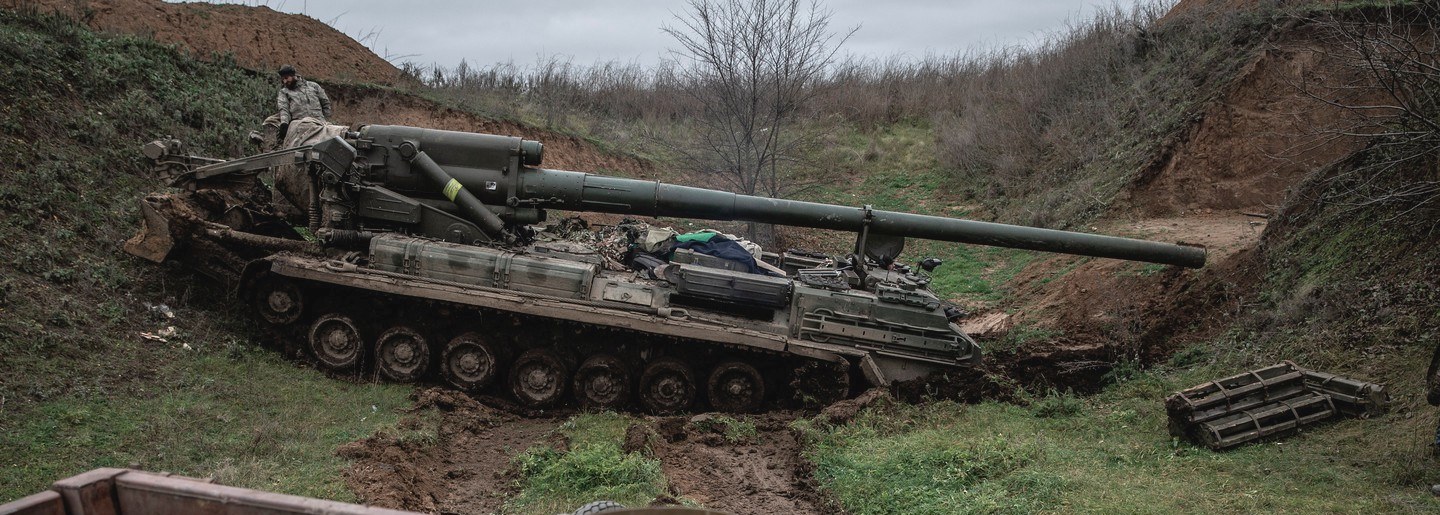
However, both men and guns are withstanding the incredible pressure now, and the Ukrainian artillery still has problems with the number of barrels that need to be replaced.
Підтримати нас можна через:
Приват: 5169 3351 0164 7408 PayPal - [email protected] Стати нашим патроном за лінком ⬇
Subscribe to our newsletter
or on ours Telegram
Thank you!!
You are subscribed to our newsletter